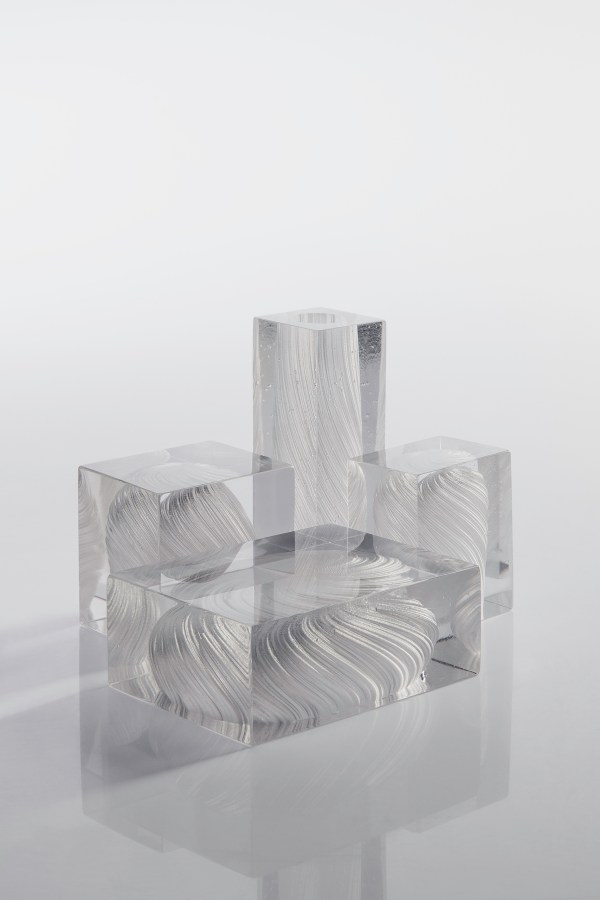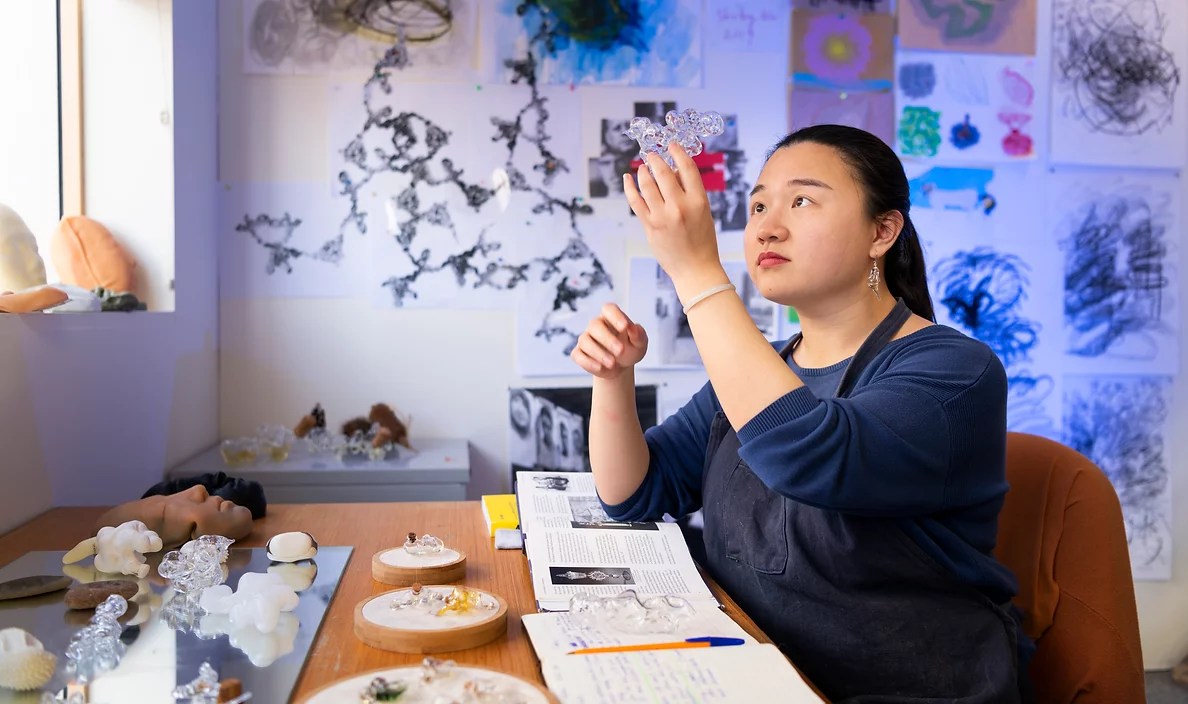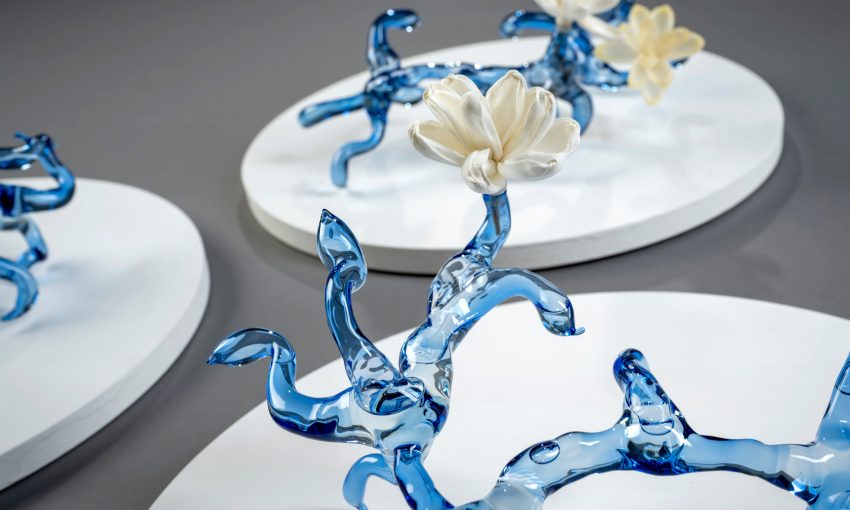Two emerging local glass artists in the running for the JamFactory’s 2022 Fuse Glass Prize competition both stretch the limits of this molten, magical material, drawing inspiration from aromatherapy and fractal patterns.
Meet the emerging Fuse Glass Prize finalists
Visual arts, design and craft institution JamFactory on Morphett Street recently announced the 18 Australian- and New Zealand-based finalists who are in the running for the 2022 Fuse Glass Prize.
The trans-Tasman celebration glass-making was established in 2016 with the aim of supporting artists financially and through touring opportunities.
The winner of the 2022 established artist category will receive a $20,000 non-acquisitive cash prize, with the David Henshall emerging artist winner receiving a $2500 cash prize and JamFactory professional development valued at $2500.
An exhibition of the finalists’ work will be shown at JamFactory from 13 May—3 July, before touring to Canberra and Sydney later in the year.
Ahead of the total list of winners unveiled on 12 May, CityMag spoke to two SA-based artists in the emerging artist stream about why they love the malleable medium and what it would mean if they won.
Alexandra Hirst

Alexandra Hirst
Adelaide-based glass artist and JamFactory glassblowing associate Alexandra Hirst says it’s a privilege to be a Fuse Glass Prize emerging artist nominee.
The University of New South Wales visual art undergraduate and Edinburgh College of Arts postgraduate entered her series Fractals into the competition.
The work was made collaboratively with her partner, industrial designer Eric Cross, and aims to conceptually reimagine the familiar form of the vase.
“The glass vase occupies a unique place in human history as a functional object and a significant crafted artwork,” Alexandra says.
“Me and my partner wanted to find somewhere in the somewhat familiar, but reimagine this form and so, using the transparency and optical qualities of glass, it makes this the perfect medium to explore these themes of repetition and layering.”
The four transparent Fractals cubes are made from gaffer glass, and have swirling patterns within. The patterns resemble tornados, and have been cut with 3D printing technology.
Alexandra says she selected a natural occurring pattern, the notch fractal algorithm, to explore themes of repetition, layering and technology.

‘Fractals’ photographed by Pippy Mount
If selected as the winner of the Fuse Glass Prize competition, Alexandra says it would give her the space and opportunity to work with other esteemed JamFactory artists.
“It’s not only that you’re making your own work, but people can help envision [it] and you just get this beautiful dialogue from other artists. Not only would I get the opportunity to make everything, but I’d get help from them with the pieces that I imagine,” she says.
Jianzhen (Shirley) Wu
Born in Dongguan China and now living and working in Adelaide, Jianzhen (Shirley) Wu blends her passion for holistic therapy, Chinese calligraphy and glass with her Fuse Glass Prize entry, Infusion.
“It’s about aromatherapy, healing and also meditative making,” Jianzhen says of the body of work.
“I would describe this series of work as 3D, glass, sculptural, [and with a] hollow form that has essential oil inside.”
The three, blue amorphous figures in the Infusion collection are literally infused with essential oils – eucalyptus oil from Kangaroo Island, to be exact. Jianzhen regularly employs aromatherapy when she needs to quiet her mind in the studio.

Jianzhen (Shirley) Wu. This picture: Juan Van Staden, courtesy of the University of South Australia
The University of South Australia post-graduate and jewellery-maker, currently completing an artistic residency in Canberra, says she’s attracted to glass as a material because of its shapeshifting abilities.
“When it’s hot, it’s so fluid. It’s almost like honey,” she says, “and that allows me to do a lot of gestural movements.
“It’s a lot about the movements – the breathe in, breathe out – and I found that very meditative.
“That very much relates back to how I practice Chinese calligraphy as well. It’s all about the breathing in and then lifting the ribs and then dropping down and you’ll see the flow of that. You can see that in my work.”
Jianzhen says if she were the emerging artist winner of the Fuse Glass Prize, it would mean she would sit alongside her mentors, such as Ursula Halpin – winner of the 2018 competition.
“This gives me the sense of, ‘Oh my god, I’m at this sort of amazing size’. I can’t use words to describe this,” she says.

‘Infusion’ photographed by Michael Haines




